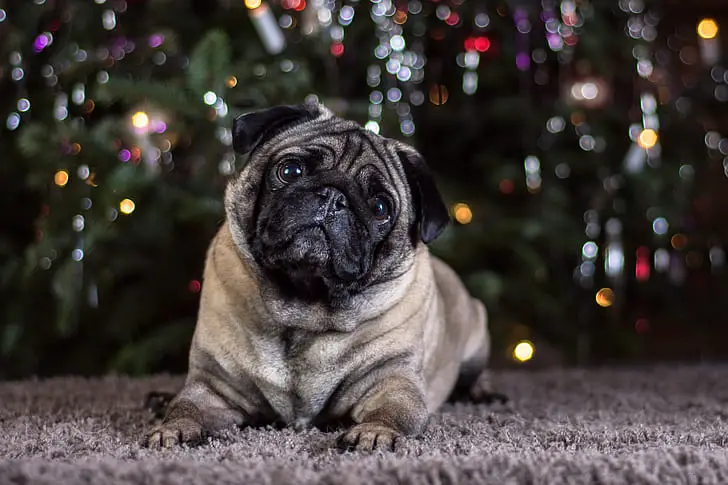Welcoming a Pug into your home is like adding a bundle of joy and energy. These charming little companions are known for their playful nature and adorable wrinkled faces. To ensure a harmonious relationship with your Pug, it’s crucial to start obedience training early. Here’s a comprehensive guide for beginners to embark on a successful Pug training journey.
1. Start Early, Start Right
The earlier you begin training your Pug, the better. Puppies are like sponges, absorbing information and habits quickly. Establish a routine that includes short, positive training sessions. Keep in mind that patience is key; Pugs respond well to positive reinforcement.
2. Positive Reinforcement is Key
Pugs thrive on positive reinforcement, such as treats, praise, and affection. Whenever your Pug follows a command or displays good behavior, reward them promptly. This creates a positive association with the desired behavior and encourages your Pug to repeat it.
3. Basic Commands to Master
Start with fundamental commands that will lay the foundation for further training:
- Sit: Teach your Pug to sit on command, a handy cue for various situations.
- Stay: Instilling the importance of staying in one place is crucial for safety.
- Come: A reliable recall ensures your Pug returns to you when called, enhancing safety and control.
4. Consistency is Crucial
Consistency is the cornerstone of effective Pug training. Use the same commands and rewards consistently, and ensure all family members follow the same rules. Pugs respond well to routine and clear expectations.
5. Socialization Matters
Expose your Pug to various environments, people, and other pets early on. Socialization helps prevent behavioral issues and ensures your Pug becomes a well-adjusted, friendly companion.
6. Crate Training for Comfort
Pugs often enjoy having their own space. Introduce crate training as a positive experience, a safe haven where your Pug can retreat and relax. This also aids in potty training and keeps your Pug secure when you’re away.
7. Be Patient and Persistent
Training takes time, and Pugs, being a bit stubborn at times, may need extra patience. If your Pug doesn’t grasp a command immediately, stay calm, and try again later. Persistence pays off in the world of Pug training.
8. Addressing Behavioral Challenges
Every Pug is unique, and some may present specific challenges. If you encounter behavioral issues, consult with a professional trainer to address them promptly. Early intervention prevents habits from becoming ingrained.
9. Exercise for a Happy Pug
Pugs have a moderate energy level, and regular exercise is vital for their physical and mental well-being. Incorporate playtime, walks, and interactive toys into their routine to keep them happy and healthy.
10. Enjoy the Journey
Training your Pug is not just about obedience; it’s about building a strong bond and understanding. Enjoy the process, celebrate small victories, and revel in the joy of having a well-behaved, loving Pug companion.
In conclusion, Pug training is a rewarding endeavor that enhances the relationship between you and your furry friend. By incorporating positive reinforcement, consistency, and patience into your training routine, you’ll set the stage for a happy and well-behaved Pug.


Leave a Comment